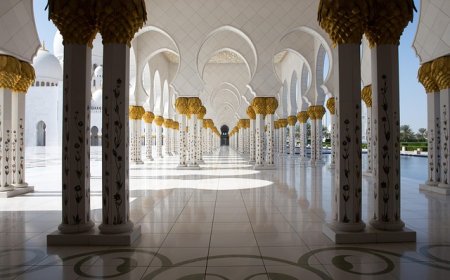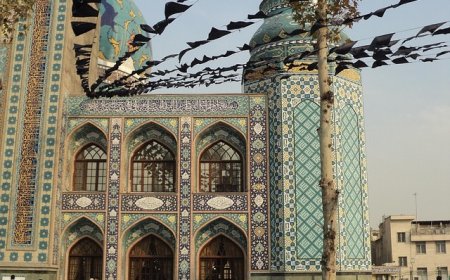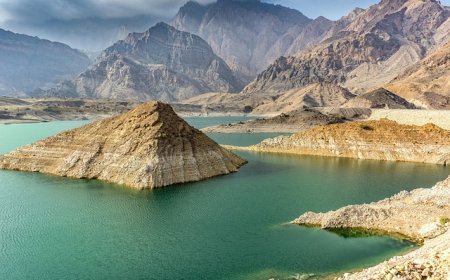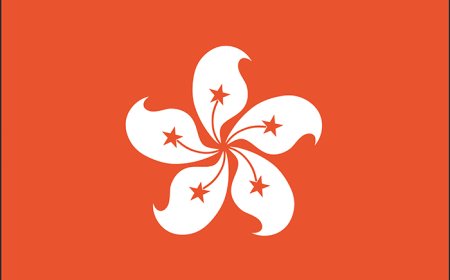Sri Lanka Geography, Culture, and History
Discover Sri Lanka for kids. Learn about tropical beaches, wildlife, and Sri Lankan culture. Includes fun facts, vocabulary words, and a quiz.
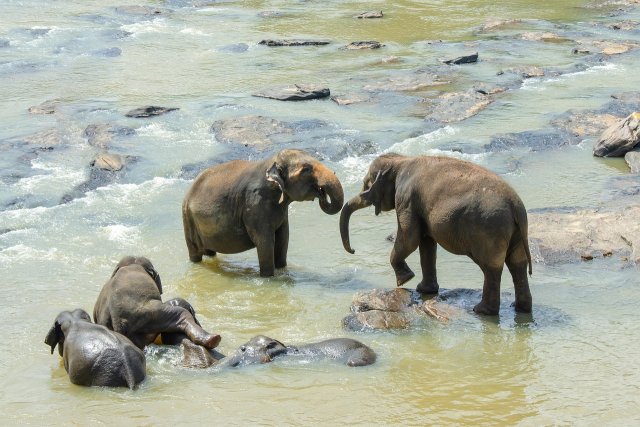
🇱🇰 Sri Lanka: The Island of Serendipity and Culture
Introduction
Sri Lanka is a beautiful island country in the Indian Ocean, just off the southern tip of India. Known for its lush jungles, ancient temples, tea plantations, and sandy beaches, Sri Lanka is often called the “Pearl of the Indian Ocean.”
The country has a rich mix of cultures, languages, and religions, and is home to UNESCO World Heritage Sites, colorful festivals, and incredible wildlife. Although it has faced challenges in recent history, Sri Lanka remains a land full of beauty, tradition, and resilience.
Geography and Landscape
Sri Lanka is shaped like a teardrop and is about the size of Ireland or West Virginia. It has coastal plains, rainforests, highlands, and mountains. The central highlands are cooler and covered in tea plantations, while the coasts are warm and tropical.
The longest river is the Mahaweli River, and the tallest mountain is Pidurutalagala. The island is surrounded by coral reefs, and its diverse landscapes support elephants, leopards, peacocks, and hundreds of bird species.
Sri Lanka has a tropical climate, with monsoon seasons that bring rain from May to September in the southwest and from October to February in the northeast.
Cities and Regions
The capital city is Sri Jayawardenepura Kotte, near the country’s largest city, Colombo, which is the main port and economic center. Colombo is busy and modern, with markets, mosques, churches, and colonial buildings from British times.
Other important cities and areas include:
- Kandy – in the central hills, known for the Temple of the Tooth, which holds a sacred tooth of the Buddha
- Galle – a historic fort town built by the Dutch on the southern coast
- Jaffna – a northern city with strong Tamil cultural roots
- Anuradhapura and Polonnaruwa – ancient capitals with ruins, palaces, and giant stone Buddhas
Villages still play an important role, and many people live close to nature, farming rice, coconuts, and spices.
People, Language, and Culture
Sri Lanka has about 22 million people, with two major ethnic groups: the Sinhalese (mostly Buddhist) and the Tamils (many of whom are Hindu). There are also Muslims and Christians, making Sri Lanka a country with a rich blend of cultures.
The two official languages are Sinhala and Tamil, but English is also used in business and education. Students learn English in school, and it helps connect the many different language speakers.
Buddhism plays a strong role in Sri Lankan daily life, especially among the Sinhalese. Many families visit temples, give offerings, and celebrate Poya days, which are Buddhist holidays that occur on full moons. Tamil Hindus celebrate festivals like Thai Pongal, a harvest festival that honors the sun and rice.
Music, dance, and storytelling are important cultural traditions. Sri Lankan Kandyan dancers perform in colorful costumes, and folk tales are passed from generation to generation.
Food and Daily Life
Sri Lankan food is full of flavor, with rice and curry as the most common meal. Meals are spicy and often include lentils, coconut milk, vegetables, and fish or chicken. People usually eat with their right hand, using their fingers to mix and scoop.
Popular dishes include:
- Hoppers (appa) – bowl-shaped pancakes made from fermented rice batter
- Kottu roti – chopped flatbread stir-fried with eggs, vegetables, and meat
- Pol sambol – a spicy coconut condiment
- Watalappan – a coconut custard dessert with jaggery (palm sugar)
Daily life varies between cities and villages. In urban areas, people work in shops, offices, schools, or tourism. In rural areas, many farm, fish, or grow tea. School is important, and most children wear uniforms and study Sinhala, Tamil, English, math, and science.
History of Sri Lanka
Sri Lanka’s recorded history goes back over 2,500 years. It was once home to great kingdoms like Anuradhapura and Polonnaruwa, which built Buddhas, stupas, and irrigation systems that still stand today.
The island was colonized by the Portuguese, then the Dutch, and finally the British, who called it Ceylon. In 1948, Sri Lanka gained independence.
After years of conflict between the Sinhalese-led government and Tamil separatist groups, a civil war ended in 2009. Since then, the country has focused on rebuilding, tourism, and education.
Nature and Wildlife
Sri Lanka is one of the world’s biodiversity hotspots. It has national parks like Yala and Wilpattu, where visitors can see leopards, elephants, sloth bears, and water buffalo. There are also sea turtles on the beaches and whales just offshore.
The island has rainforests, mangroves, tea gardens, and botanical gardens filled with orchids and spice trees. Many Sri Lankans work to protect their environment through wildlife conservation, reforestation, and eco-tourism programs.
Vocabulary List
| Word | Definition |
|---|---|
| Island nation | A country that is completely surrounded by water |
| Monsoon | A season of heavy rain caused by changing wind patterns |
| Poya day | A Buddhist holiday in Sri Lanka that takes place on a full moon |
| Curry | A spicy dish often made with vegetables or meat and sauce |
| Colonization | When a foreign power takes control of a land or country |
| Civil war | A war between groups within the same country |
| Biodiversity hotspot | A place with many different plant and animal species |
| Tea plantation | A large farm where tea plants are grown for harvesting |
👧🧒 Kid-Friendly Summary
Sri Lanka is a tropical island near India that’s full of beaches, elephants, temples, and spicy food. People speak Sinhala and Tamil and follow different religions like Buddhism and Hinduism. They celebrate colorful festivals and eat yummy dishes like rice and curry or sweet coconut desserts.
The country has ancient ruins, green hills covered in tea plants, and lots of amazing animals. Sri Lanka may be small, but it has a big heart, long history, and beautiful nature!
🧠 Interactive Quiz: What Do You Know About Sri Lanka?
1. What ocean surrounds Sri Lanka?
A) Atlantic Ocean
B) Pacific Ocean
C) Arctic Ocean
D) Indian Ocean
2. What are the two official languages of Sri Lanka?
A) Hindi and English
B) Tamil and Sinhala
C) Urdu and Bengali
D) French and Dutch
3. What is a Poya day?
A) A rice dish
B) A religious leader
C) A Buddhist full moon holiday
D) A Hindu temple
4. What is kottu roti?
A) A sweet drink
B) Fried flatbread with vegetables and meat
C) A type of rice pudding
D) A style of dance
5. What is the capital city of Sri Lanka?
A) Colombo
B) Kandy
C) Sri Jayawardenepura Kotte
D) Galle
6. What animal can you see in Yala National Park?
A) Penguins
B) Kangaroos
C) Leopards
D) Polar bears
7. What is the name of the sacred Buddhist temple in Kandy?
A) Temple of the Sun
B) Temple of the Moon
C) Temple of the Tooth
D) Golden Temple
8. When did Sri Lanka become independent?
A) 1776
B) 1901
C) 1948
D) 2009


















































